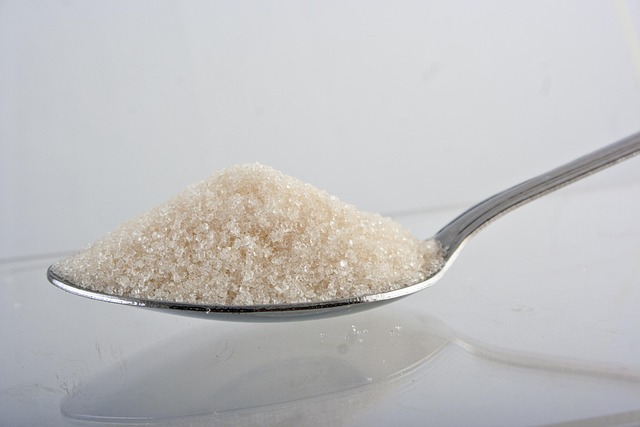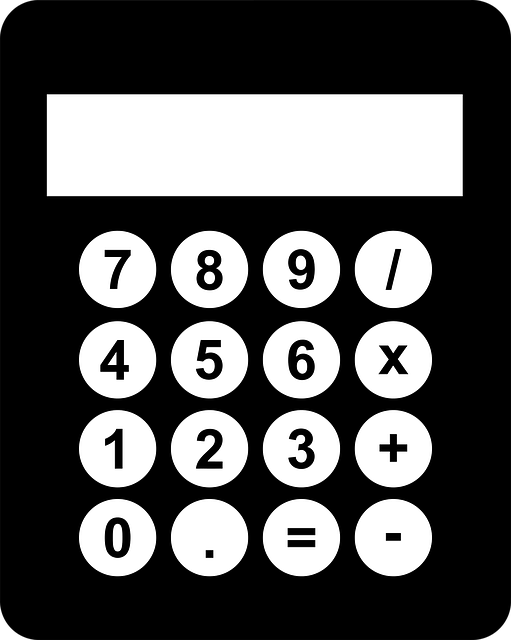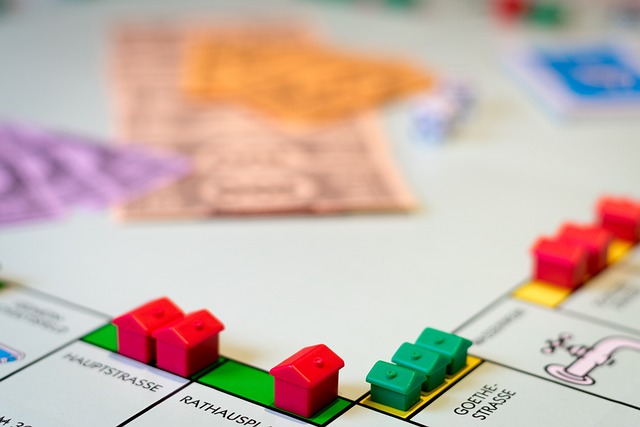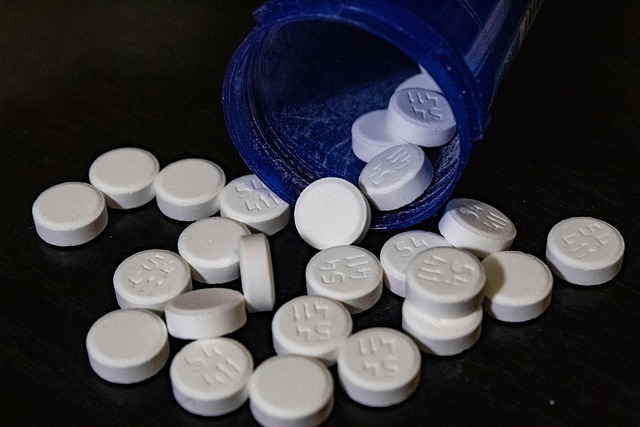Mindful movement offers a holistic approach to recovering from prescription stimulant addiction by combining physical exercise with mindfulness techniques. Practices like yoga, tai chi, and qigong encourage presence, gratitude, and stress management through breath control and mental focus. Regular sessions signal relaxation, reduce stress, and enhance mental clarity, naturally guiding individuals towards recovery. This natural method addresses physical and mental aspects of addiction, fosters healthier coping mechanisms, and promotes community support, making it an effective strategy for "how to get sober from prescription stimulants naturally."
Discover the transformative power of mindful movement classes for stress relief and natural recovery from prescription stimulant addiction. This holistic approach fuses exercise with mindfulness principles, offering a nurturing path to healing. Learn how incorporating slow, intentional movements can calm your mind, regulate emotions, and reduce cravings, all while building strength and flexibility.
Uncover practical steps to integrate this practice into your routine, alongside its potential to revolutionize your journey towards getting sober from prescription stimulants naturally.
- Understanding Mindful Movement and Its Benefits for Stress Reduction
- Incorporating Mindful Movement into Your Routine: A Step-by-Step Guide
- Overcoming Prescription Stimulant Addiction Naturally: The Role of Mindful Movement
Understanding Mindful Movement and Its Benefits for Stress Reduction

Mindful movement is a holistic approach to fitness that integrates awareness and attention with physical activity. Unlike traditional exercise routines focused solely on muscle memory, mindful movement classes encourage practitioners to be fully present during each stretch, breath, and step. This practice involves tuning into bodily sensations, cultivating gratitude, and acknowledging thoughts without judgment—all while engaging in gentle yet effective exercises.
By combining the benefits of physical movement with mindfulness techniques, mindful movement offers a powerful tool for managing stress. Regular participation can help reduce cortisol levels, promote relaxation, and foster a deeper connection between the mind and body. For those seeking to navigate their recovery from prescription stimulants naturally, this approach can provide an effective coping mechanism. It supports not only physical health but also mental well-being, offering a Trauma-Informed Care approach with Recovery Support Services that guide individuals throughout their personal journeys towards optimal health and ongoing encouragement. Additionally, Nutrition Planning Services can play a vital role in holistic recovery by ensuring individuals receive the proper nutrients to support their bodies’ natural healing processes.
Incorporating Mindful Movement into Your Routine: A Step-by-Step Guide

Incorporating mindful movement into your daily routine can be a transformative process, offering a natural way to manage stress and promote overall well-being. Here’s a step-by-step guide to help you get started:
1. Choose Your Practice: Begin by exploring different options like Yoga, Tai Chi, or Qigong. These ancient practices seamlessly blend physical movement with breath control and mental focus. For those seeking a more dynamic approach, consider mindful jogging or dance classes that encourage awareness of your body’s sensations. Remember, the key is to find an activity you genuinely enjoy, making it easier to maintain consistency.
2. Set Intention: Before each session, take a moment to set an intention for your practice. It could be as simple as aiming to release tension or cultivating a sense of calm. Setting an intention helps direct your focus and makes the experience more meaningful. You might also want to consider how this practice aligns with your goal of getting sober from prescription stimulants naturally, as it promotes mental clarity and self-awareness.
3. Create a Safe Space: Designate a quiet area in your home where you can practice without distractions. Ensure it’s a space that feels safe and comfortable, allowing you to let go of everyday stresses. Decorate it with soothing elements like candles or plants if that aids your relaxation process.
4. Focus on Your Breath: During your mindful movement session, pay close attention to your breath. Synchronize your movements with each inhale and exhale. Deep breathing exercises activate your parasympathetic nervous system, promoting a state of calmness. This simple yet powerful technique can significantly reduce stress levels and is an essential component in Crisis Intervention Training, equipping individuals to recognize emergency situations.
5. Be Mindful of Sensations: Engage all your senses while moving. Notice the feeling of your feet touching the ground, the stretch of your muscles, and the movement of your breath through your nose. Being aware of these sensations helps keep you grounded in the present moment.
6. Practice Regularly: Consistency is key. Aim for a regular practice, even if it’s just 15-20 minutes per day. Incorporate mindful movement into your morning routine or before bedtime to signal your body and mind that it’s time to relax. Yoga and meditation classes for stress reduction are excellent resources available in many communities, including Rehabilitation Centers Near Me, offering structured environments for learning and growing.
Overcoming Prescription Stimulant Addiction Naturally: The Role of Mindful Movement

Prescription stimulant addiction can be challenging to overcome due to their powerful effects on the brain’s reward system. However, nature offers a powerful tool for recovery through mindful movement practices. Combining exercise and mindfulness is an effective way to address the physical and mental aspects of addiction simultaneously.
Mindful movement classes, such as yoga and meditation sessions, provide an alternative to prescription stimulants by promoting natural endorphin release and improving brain chemistry. These activities encourage individuals to focus on the present moment, enhancing their sense of calm and self-awareness. By engaging in regular practice, one can develop healthier coping mechanisms, improve sleep habits (a key component for recovery), and cultivate a deeper connection with their body, all while naturally learning how to get sober from prescription stimulants. Additionally, joining Yoga and Meditation Classes for Stress Reduction can offer support within a community setting, fostering a sense of belonging essential for rehabilitation.
Mindful movement emerges as a powerful tool for stress reduction and, in light of the growing concern over prescription stimulant addiction, offers a natural approach to getting sober. By combining exercise with mindfulness principles, individuals can navigate their recovery journey with enhanced mental clarity and emotional balance. Incorporating mindful movement into daily routines, as detailed in this guide, provides a holistic strategy to combat stress and promotes overall well-being. For those seeking to get sober from prescription stimulants naturally, mindful movement classes offer a promising path forward.






